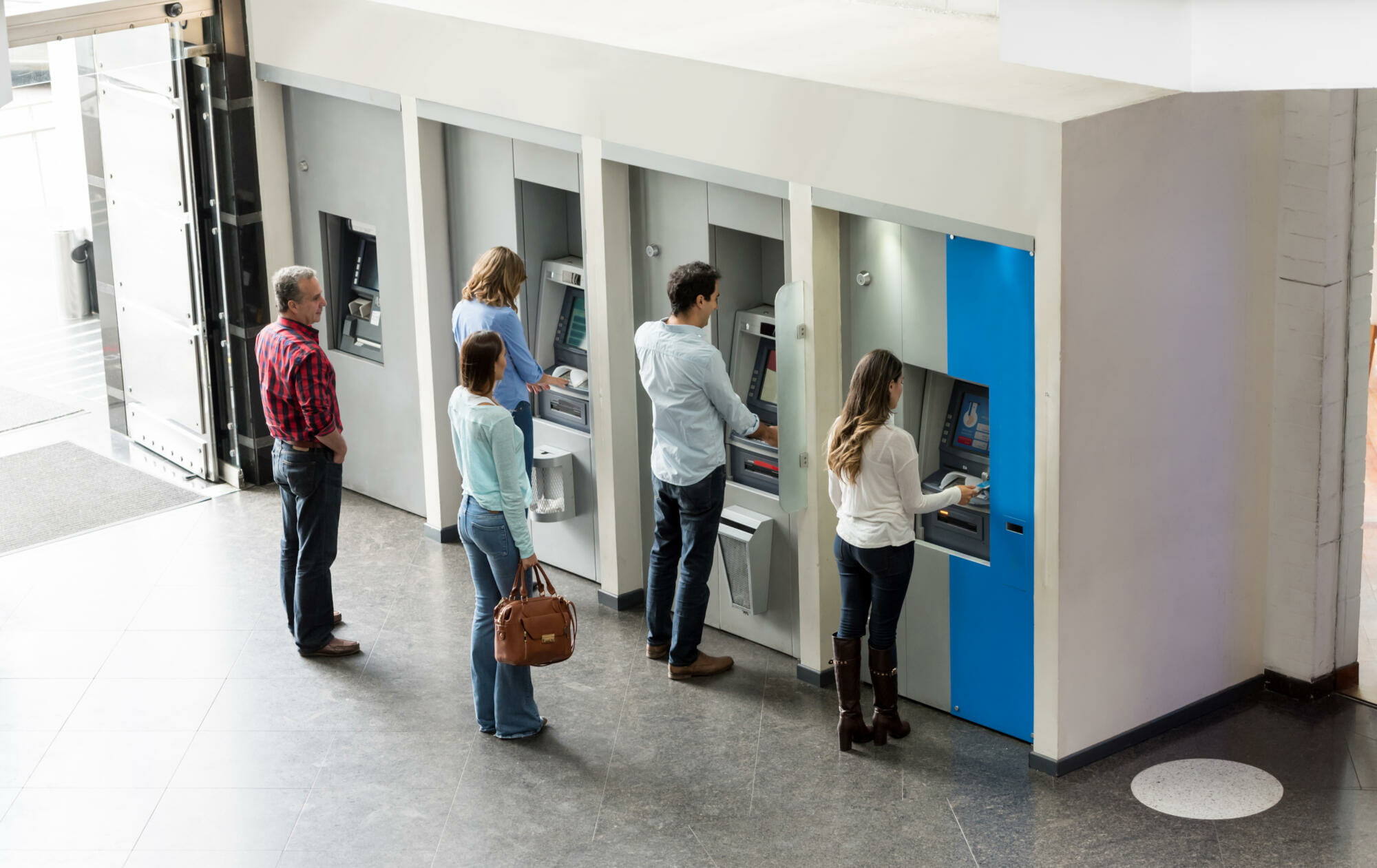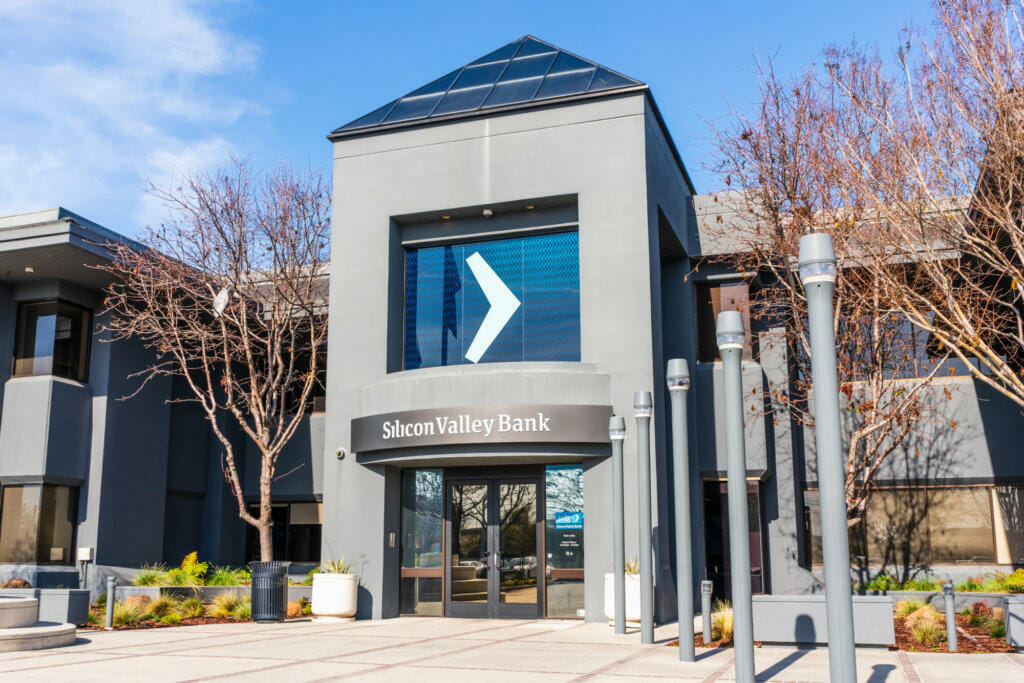The Banking Crisis: What’s going on and what you need to know

If you watch the news or use social media at all, it’s likely you heard about the banking crisis amid the collapse of Silicon Valley Bank late last week. After the Santa Clara-based bank announced that it had sold off billions of dollars in securities to cover withdrawals made by its depositors, it triggered a bank run that resulted in over $40 billion being withdrawn the following day.
The FDIC placed the bank under receivership in order to prevent additional losses and eventually decided to cover all depositors’ funds, creating a “bridge bank” that will exist while the federal regulator looks to find a buyer for SVB’s assets.
Had the FDIC not stepped in, the closure of the bank, with clients spanning the entire tech industry, would have had wide-ranging effects on the economy. It might have stopped workers from getting paid on time, led to job losses, or prevented companies from receiving new funding.
Additionally, several other banks experienced bank runs in the wake of Silicon Valley Bank’s closure — triggering a banking crisis. Signature Bank, of New York, was shuttered by the FDIC two days later after depositors withdrew over $10 billion.
The enormity of this can be summed up in a few quick points:
- Size: Before its failure, Silicon Valley Bank was the sixteenth largest bank in the United States. Its failure is the second-largest in U.S. history, behind Washington Mutual in 2008. Signature Bank later became the third-largest failure.
- Speed: The bank’s stock price was over $250/share on Monday, March 7th. By Friday afternoon, it was shut down and taken into receivership by the FDIC.
- Impact: The bank had over $200B in assets under management, with customers such as Etsy, Roku and many other recognizable tech brands. Moreover, the downturn sent the stock market into a selloff frenzy in the regional banking space.
But how could this happen so quickly to a well-funded bank, and cause so much turmoil in the stock market? Here’s what you need to know about what happened, how it affects consumers, and what to know going forward.
(Also, a note to our readers: as we posted here, M1 has no exposure to Silicon Valley Bank or Signature Bank, so our clients’ funds are safe.)
What happened with SVB

Silicon Valley Bank was founded in 1983, and quickly became the bank for startups and venture capitalists to get funding and deposit their funds to operate their businesses.
In 2020 and 2021, the bank accepted a significant amount of deposits in the last few years. SVB total deposits tripled, growing from $61.7 billion in 2019 to $173 billion as of December 2022. With those funds, SVB began purchasing U.S. Treasury bonds, and holding them in HTM portfolios — short for “hold-to-maturity”. This means that the bank planned to hold onto these guaranteed bonds for the entire duration, which were pegged to historically low interest rates. In summary, they bet that interest rates were going to stay relatively still and they would get a guaranteed payout from the U.S. Treasury. Unfortunately, they were wrong.
As the Federal Reserve hiked interest rates to fight inflation, the value of Treasury bonds sank in value. Silicon Valley Bank received estimated losses in the billions. The bank then announced on Wednesday, March 8, that it had absorbed losses and was looking to raise capital. This led to a firestorm of social media posts, and the SVB stock tanked.
The morning of Thursday, March 9, a full bank run was underway, with many tech founders and investors pulling their funds out as quickly as possible. That afternoon, the now former CEO told investors to “stay calm” as they tried to find a buyer for the entire firm. This fanned the flames on social media, and by the next day — the bank was shut down and taken over by the Federal Deposit Insurance Corporation (FDIC).
Now, the FDIC is beginning its full liquidation of the bank and will look to make SVB’s customers whole.
What consumers should know about this banking crisis
This banking crisis is unique as it has rattled both regional and community banks. These institutions are sizably smaller than large national banks, but serve important purposes in the areas they serve. They generally focus on local businesses and individuals who have banking needs that may not be satisfied at a larger bank.
Americans should feel assured knowing that the FDIC and other regulatory authorities stepped in swiftly to manage the situation. Additionally, as this situation evolves over the coming weeks and months, further oversight from the federal government may be implemented to ensure this doesn’t happen again.
As for the short-term, here are two ways to safeguard yourself in the case of further bank failures:
FDIC-insurance and spreading risk is vital
The FDIC insures deposit accounts up to $250,000. This means that if you had a $100,000 account with SVB at the time it went under, the federal government automatically ensures you will get every dollar of your account. Because SVB had many high net-worth clients as well as businesses with single accounts with large account balances, the bank ran the risk of the FDIC not insuring their funds beyond the statutory $250,000 amount. As of the time of publishing, it appears that depositors will be made whole by the FDIC even beyond the $250,000 limit, thanks to a special exemption issued by the U.S. Treasury.
So how can you avoid this situation for yourself? Be sure to keep your money with a bank that is FDIC-insured, like the M1 Spend account. Additionally, if you have more than $250,000 in liquid cash, be sure to spread it across multiple accounts to ensure you’re protected against events like this.
Remain diversified to decrease risk
Part of this industry crunch has also been reflected in the stock prices of many community banks and other financial institutions. Both SVB and Signature Bank no longer exist, wiping out the value of their shares. Some banks saw their stock price drop up to 70%.
This is why it’s important to remain diversified, as events like this can happen quickly. If you aren’t diversified across different stocks and sectors, it could potentially spell disaster for your portfolio. By using M1 Pies, you can automatically invest in a diversified portfolio of stocks without the hassle of individually selecting each one — and ensure you’re equipped to invest towards your financial goals.
The M1 bottom line
The banking crisis of regional banks sparked by the failure of SVB is one of the most unique financial meltdowns in history because of how fast it happened. On Monday, the bank appeared to be fine. By Friday, SVB declared insolvency.
The lesson here for consumers is this: remaining diversified in your banking as well as your investments can help guard your money against black swan events just like this.
20230314-2792240-8861459
- Categories
- Plan



